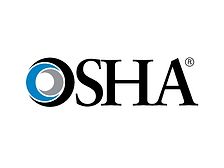Home » Keywords: » Enforcement
Items Tagged with 'Enforcement'
ARTICLES
OSHA Alert
Initiative seeks to protect workers in engineered stone fabrication and installation from dangers of silica particulate exposure
Read More
New OSHA Enforcement Guidance Changes Seek Increased Compliance, Fining
Falls Included in New 'Instance-by-Instance Citations' Directive
Read More
How Deregulation Trends Impact Roofing Contractors
Overall deregulation has cut across almost all executive branch agencies, yet those related to labor and employment matters appear to be pushing in the other direction.
Read More
Get our new eMagazine delivered to your inbox every month.
Stay in the know on the latest roofing industry trends.
SUBSCRIBE TODAY!Copyright ©2024. All Rights Reserved BNP Media.
Design, CMS, Hosting & Web Development :: ePublishing









